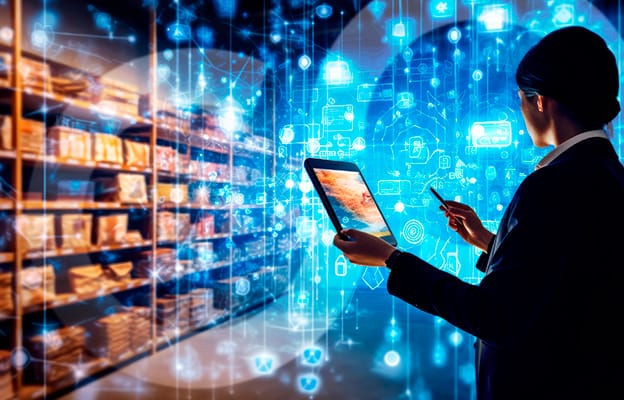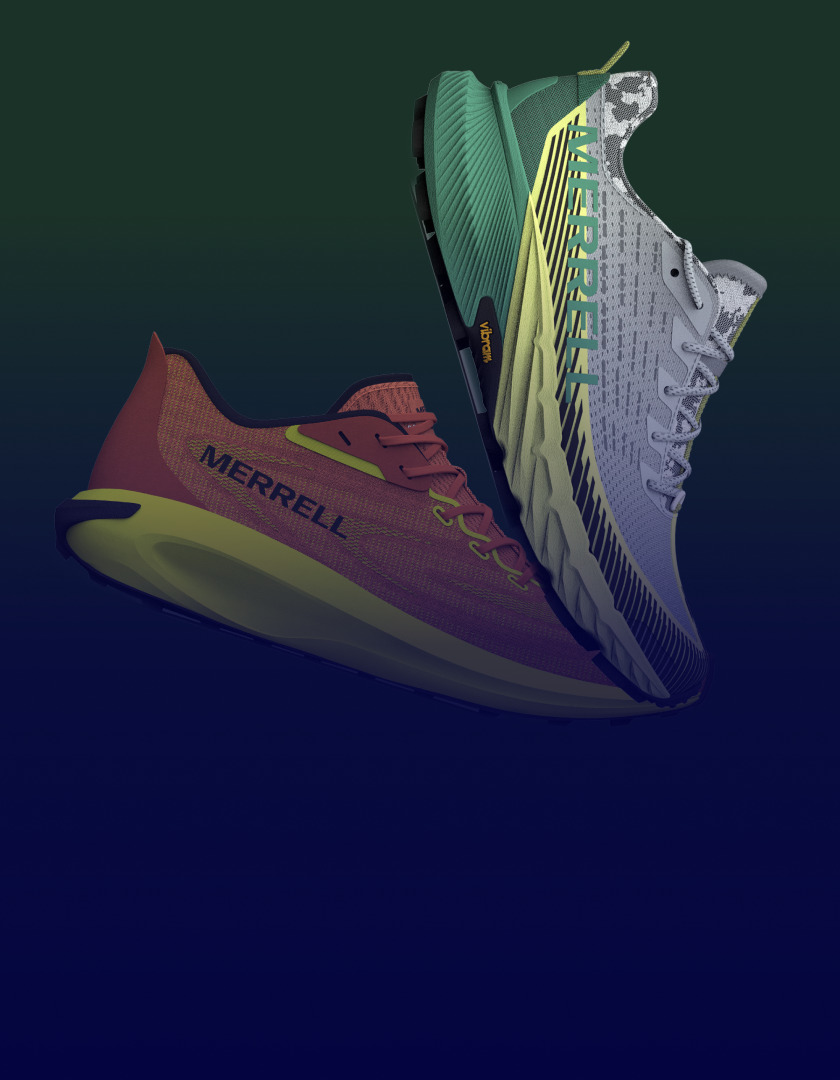How Manufacturers Can Harness The Power of Digital Twin Technology

In recent years, digital twin technology has emerged as a game-changer for many commercial industries, particularly manufacturing.
According to research by Fortune Business Insights, the global digital twin market is expected to grow from more than $17 billion in 2024 to nearly $260 billion by 2032—an astronomical growth rate that shows how attractive the concept truly is. And according to IoT Analytics’ Digital Twin Market Report 2023–2027, less than one third of global manufacturing companies surveyed have begun to implement their digital twin strategies.
The digital twin concept refers to the creation of a virtual replica of a physical object, process, or system, which allows businesses to optimize and improve the performance of these physical counterparts in real-time. The final “unseen” aspect of digital twin technology is the connection between the virtual and physical representations being managed.
In this blog post, we’ll explore the basics of a digital twin, how it operates, and why it’s transforming the manufacturing industry. By the end of this post, you’ll have a comprehensive understanding of how digital twin simulation can enhance operational efficiency, reduce costs, and improve decision-making processes.
The Roots of Digital Twin Technology
Though the term “digital twin” was coined in the early 2000s, the concept’s roots can be traced back much earlier—even to the 1970s. One of the earliest practical examples of digital twin-like technology occurred during NASA’s Apollo 13 mission.
Engineers developed physical and computational models of the spacecraft on Earth to simulate and address the challenges faced in space—a precursor to the current digital twin technology we use today.
Digital twins—as they’re understood today—began gaining traction in the 2010s due to advancements in IoT (Internet of Things), cloud computing, and machine learning. These technologies created dynamic digital representations that could be updated in real-time based on data from physical assets and resources.
What Is a Digital Twin?
A digital twin is a virtual representation of a physical asset or entity. This entity could be a product, system, or process. Digital twins are continuously updated to reflect real-world changes and conditions using sensors and data inputs. This integration allows users to simulate scenarios, predict outcomes, and monitor the performance of their physical counterparts.
In practical terms, a digital twin can represent something as simple as a single machine in a factory or something as complex as an entire manufacturing plant. The digital twin creates a virtual mirror of its physical counterpart, which can be monitored, analyzed, and optimized in real-time.
Although the concept of “digital twin” implies a two-part system, there’s also a crucial third aspect of digital twinning: the data-driven connection between the two representations. Without that, the virtual and physical “twins” could not work together to drive innovation and improvement.
How Digital Twins Work
Digital twins function by gathering data from various sensors on physical assets. These sensors provide real-time data, including temperature, pressure, operational status, and more. This information is then transmitted to the virtual twin, which updates accordingly.
Advanced technologies—such as machine learning and artificial intelligence (AI)—allow digital twins to replicate and simulate hypothetical future scenarios based on past data and predictive analytics.
This ability to forecast future outcomes makes digital twins valuable in decision-making processes, enabling companies to foresee problems before they occur. Although it is similar to other models of simulation and prediction, digital twins can be more effective and impactful in generating estimations.
Key aspects of the digital twin process include:
- Physical asset or entity: The real-world thing—product, process, etc.—that is being digitally replicated
- Digital Twin Model: The virtual simulation that represents the physical entity.
- Data Flow: The continuous exchange of real-time data between the physical object and its digital counterpart.
- Analytics: Insights derived from the digital twin through AI, machine learning, or advanced simulation tools
Applications of Digital Twins in Manufacturing
The manufacturing industry has embraced digital twins due to their potential to increase operational efficiency, reduce downtime, and optimize resources. Below are some practical applications of digital twins in this sector.
- Predictive Maintenance and Improvement: Digital twins allow manufacturers to monitor equipment performance in real-time and predict potential breakdowns before they happen.
- Process Optimization: Manufacturers can use digital twins to simulate various production processes. By tweaking variables in the digital model, they can determine the most efficient process flow before making changes to the physical system.
- Product Design and Development: Digital twins enable engineers to simulate the performance of products in different conditions, helping them optimize designs before physical prototypes are created.
- Supply Chain Management: Digital twins can model entire supply chains, providing insights into potential bottlenecks and optimizing logistics. This results in more efficient supply chain operations, reducing delays and costs.
- Energy Efficiency: By simulating the energy consumption of manufacturing plants, digital twins help optimize energy use, reducing the environmental footprint and lowering operational costs.
How PLM Can Work with Digital Twin Technology?
Product Lifecycle Management (PLM) and digital twin technology are complementary tools that, when integrated, can transform the way businesses manage and innovate across the entire product lifecycle.
PLM solutions provide a centralized platform for managing product data from initial concept through design, manufacturing, and retirement, while digital twins offer a dynamic, real-time representation of the physical product. Together, they create a seamless feedback loop between the digital and physical worlds, unlocking new opportunities for innovation.
By integrating PLM with digital twin technology, companies can ensure that the data in their PLM system is continuously updated with real-world performance data from the digital twin. This real-time data flow enhances the product development process, allowing engineers to make data-driven decisions faster.
For example, real-time performance data from a product in use can be fed back into the PLM system to refine designs, improve future iterations, and optimize manufacturing processes.
Digital twins can also help identify potential design flaws, operational inefficiencies, or maintenance needs long before they manifest in the physical world. When integrated with a digital twin, PLM enables teams to simulate different scenarios, test solutions virtually, and make proactive changes in the product lifecycle.
Revolutionizing Your Digital Arsenal
Digital twin technology is transforming the manufacturing industry by offering a smarter, data-driven approach to managing physical assets, processes, and systems. Whether improving operational efficiency, reducing downtime, or driving sustainability, digital twins provide actionable insights that enable manufacturers to stay competitive in an increasingly complex world.
Now is the time to embrace digital twins and join the manufacturing revolution. For companies looking to enhance their operations through digital twin technology, Centric Software offers cutting-edge solutions designed to streamline your digital transformation journey.








